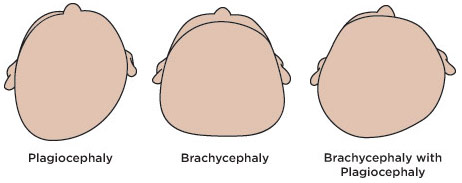I still offer ear piercing in my office as I always have. However, in truth, the requests are less frequent than in the past, mostly due to my present approach to the issue. Ear piercing is a quick and generally very safe procedure; mostly the pain involved is mild enough to be tolerated by even the most squeamish among us. The AAP position on ear piercing is that it is permissible for cosmetic reasons for all children but is best limited to those who are old enough to administer care for the piercing themselves. I concur, although my logic is more along the lines of ethics/philosophy as opposed to medical reasons. Let’s discuss.
I stick children with needles all the time, of course–mostly immunizations, but also lidocaine injections for suturing/stapling of lacerations among a few other situations. Additionally, of late, I regularly obtain nasal swabs to test for covid. Most of us are now unfortunately quite familiar with the discomfort associated with that test. In the large majority of all of those instances, I do NOT have the child’s cooperation to perform the procedure; we have to hold him/her still a bit against his/her will. However, what I do have is the parents’ permission–based on their accepting my advise that that otherwise unpleasant intervention is in the best interests of their child’s health and well being, and based on that, I disregard the child’s (sometimes screaming!)objections.
But that ethical standard does not apply with ear piercing. Here it’s purely cosmetics and esthetics: WE think the baby looks cute with earrings; the baby certainly doesn’t care. But–babies look really cute whether they wear earrings or not, right? And it’s essential to keep in mind that that adorable, innocent little creature is not some object or possession but rather a sentient human being. They presently may have at best only limited ability to express their wishes. But they retain–or should have–the basic human right to make those decisions regarding bodily integrity for themselves. Even parents should respect that boundary: every person has the right to say “don’t do this to me without my permission.” Only with the above exception of health essentials not comprehensible at the child’s level of development should anyone override that person’s right in that regard.
One of my roles as the pediatrician, I believe, is as an advocate for my patient. So my present approach is to pierce ears ONLY for children who themselves specifically ask for it. And I take that advocacy seriously, so I also reserve the right to judge if a younger patient is sincere in the request and not merely innocently responding to the genuine if a bit too encouraging efforts on the part of the parents. If the child wants it–sure! But only for children who legitimately want it; everybody else can wait until then. My office, my rules, right?
If you have questions regarding ear piercing for your child, please give our office a call. Thanks for following.











